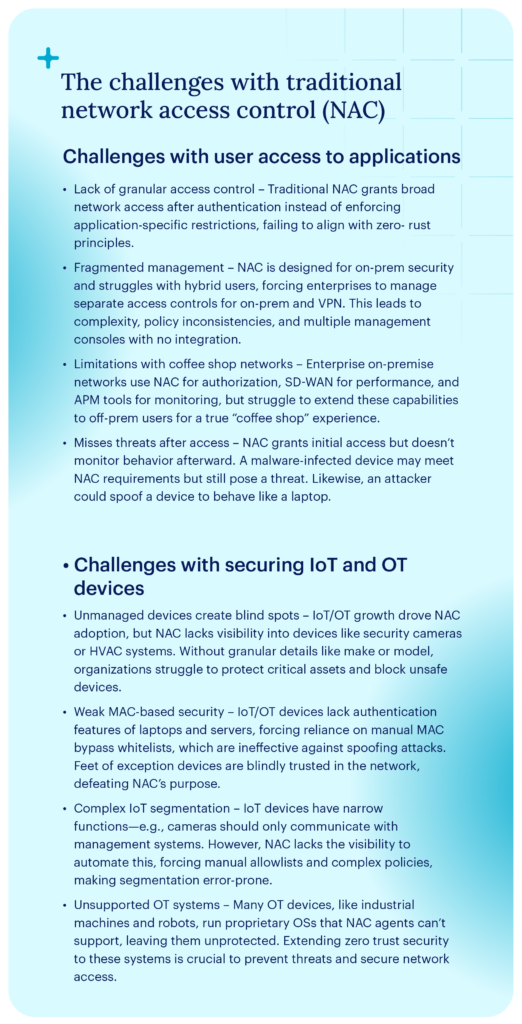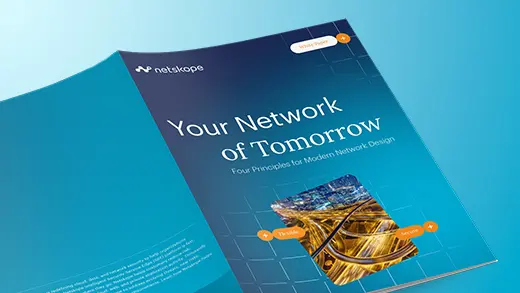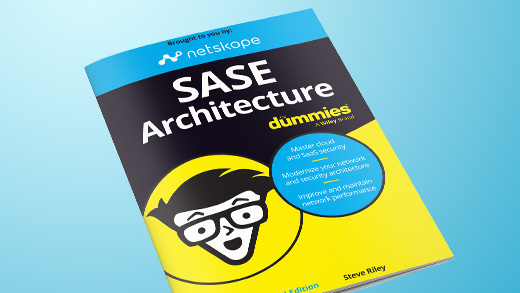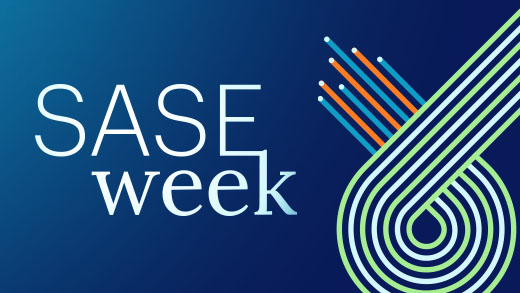
With the rise of hybrid work and IoT, the demand for secure, scalable, and adaptive network access has never been greater. Traditional network access control (NAC) was built for on-premises environments, focusing on visibility, device compliance, and access control. But it no longer meets modern security demands.
This blog explores the limitations of traditional NAC and how Netskope offers a more dynamic and comprehensive solution for universal zero trust network access (UZTNA).
The challenges with traditional NAC
While effective in its early applications, legacy NAC now struggles with scalability, adaptability, and modern security threats. The challenges can be divided into two key areas:
Challenges with user access to applications
Traditional NAC grants broad network access after authentication instead of enforcing application-specific restrictions. NAC also doesn’t monitor behavior after granting initial access, which can lead to significant blindspots. This lack of granular access control fails to align with zero trust principles, potentially exposing organizations to threats. Finally, a lack of integrated data protection controls means that data is vulnerable to users or devices after they have been granted access to the network. For example, a malware-infected device may meet NAC requirements while still posing a significant threat to the organization.
While on-prem enterprise networks are able to use NAC for authorization, SD-WAN for enhanced performance, DLP appliances for data protection control and APM tools for monitoring, these networks struggle when it comes to extending these capabilities to off-prem or hybrid users for a true “coffee shop” experience. Enterprises are forced to manage separate access control solutions for on-prem and VPN and also compromise monitoring and optimization capabilities. This leads to complex, inconsistent policies across multiple consoles and products that aren’t integrated.
Challenges with securing IoT and OT devices
Beyond user challenges, NAC also struggles with securing IoT and OT devices. While the rise of IoT and OT helped drive initial NAC adoption, NAC controls lack visibility into devices such as security cameras and HVAC systems and without granular details like make or model, organizations relying on NAC struggle to protect critical assets or block unsafe devices. Further, IoT/OT devices lack advanced authentication features of laptops and servers due to which organizations find themselves relying on manual MAC-based bypass policies that are ineffective against spoofing attacks. Essentially, asking the network to blindly trust a number of devices defeats the purpose of NAC in the first place.
It’s worth acknowledging that IoT devices often have narrow functions (security cameras only communicating with their management systems, for instance), but NAC lacks the visibility to automate this, which leads to further complexity and error-prone segmentation. Similarly, OT devices, like industrial machines and robots, run proprietary operating systems that NAC agents don’t support, often leaving expensive and critical hardware unprotected.
With all of this in mind, extending zero trust security principles to applications and IoT/OT systems is crucial to prevent threats and secure network access… but NAC isn’t the best way to do it and now creates more problems than it solves.

Goodbye NAC, Hello UZTNA
Universal ZTNA (UZTNA) integrates the core functionality of NAC into a broader, more adaptive zero trust security framework suited for the modern world of hybrid users, IoT devices and cloud. The Netskope One platform delivers UZTNA by gathering comprehensive risk telemetry and leveraging zero trust principles to provide consistent authentication, authorization, and risk-based controls to protect against threats and data loss, removing implicit trust by granting least privileged access based on context, device posture and location. UZTNA delivers consistent visibility, performance and security for on premise and remote use cases.
The result is simplified, secure access control across on-prem, remote, and IoT environments, ensuring consistent security enforcement. Netskope One SASE delivers a true UZTNA-aligned solution through these three key use cases components:
- Secure optimized user access (coffee shop networking)– The Netskope One Client secures on-premise and remote users with a unified management and policy engine for consistent, high-performance access and a seamless user experience. Unlike static NAC, Netskope One Private Access enables UZTNA functionality that dynamically adjusts access based on identity, risk, behavior, and device health, reducing lateral movement. It also leverages built-in threat and data protection controls to ensure that local network users benefit from the same advanced security that remote user traffic benefits from when passing through the Netskope One platform in the cloud. It also uses Netskope One DEM to provide hop-by-hop visibility across the LAN, last/middle/first mile and application. The Netskope One Client also delivers high performance connectivity with SD-WAN optimization.
- Secure access controls for IoT/OT: Netskope Device Intelligence combined with Netskope SASE Gateway uses AI/ML-driven IoT/OT device discovery and risk assessment to dynamically inform SSE, SD-WAN, and SD-LAN policies, enabling real-time security decisions. For example, if a video camera with a low risk score of 50 initiates abnormal SSH activity, its score jumps to 95, triggering an SD-LAN policy update to dynamically microsegment the device across existing switches and access points.
- Secure wireless access: Netskope Zero Trust SIM, provides global cellular access to 400+ networks, extending zero trust security to IoT/OT devices—like machines and robots—that can’t run a Netskope client. It also includes a Netskope-managed 4G/5G SASE subscription for protected IoT/OT devices and clientless remote access for troubleshooting.
Traditional NAC can’t keep up with hybrid work, IoT, and modern security demands. Netskope’s UZTNA functionality replaces legacy NAC with a more adaptive, intelligent, and scalable solution. It enforces granular access controls, secures networks against IoT/OT threats, and streamlines policy management across on-premises, remote, and IoT environments.
Is your organization still relying on outdated NAC? Or is it time to embrace the future with UZTNA?
If you’d like to learn more about how Netskope enables UZTNA functionality, please visit our pages on Netskope Private Access, Netskope Device Intelligence, and SASE Branch.




 Back
Back 





















 Read the blog
Read the blog